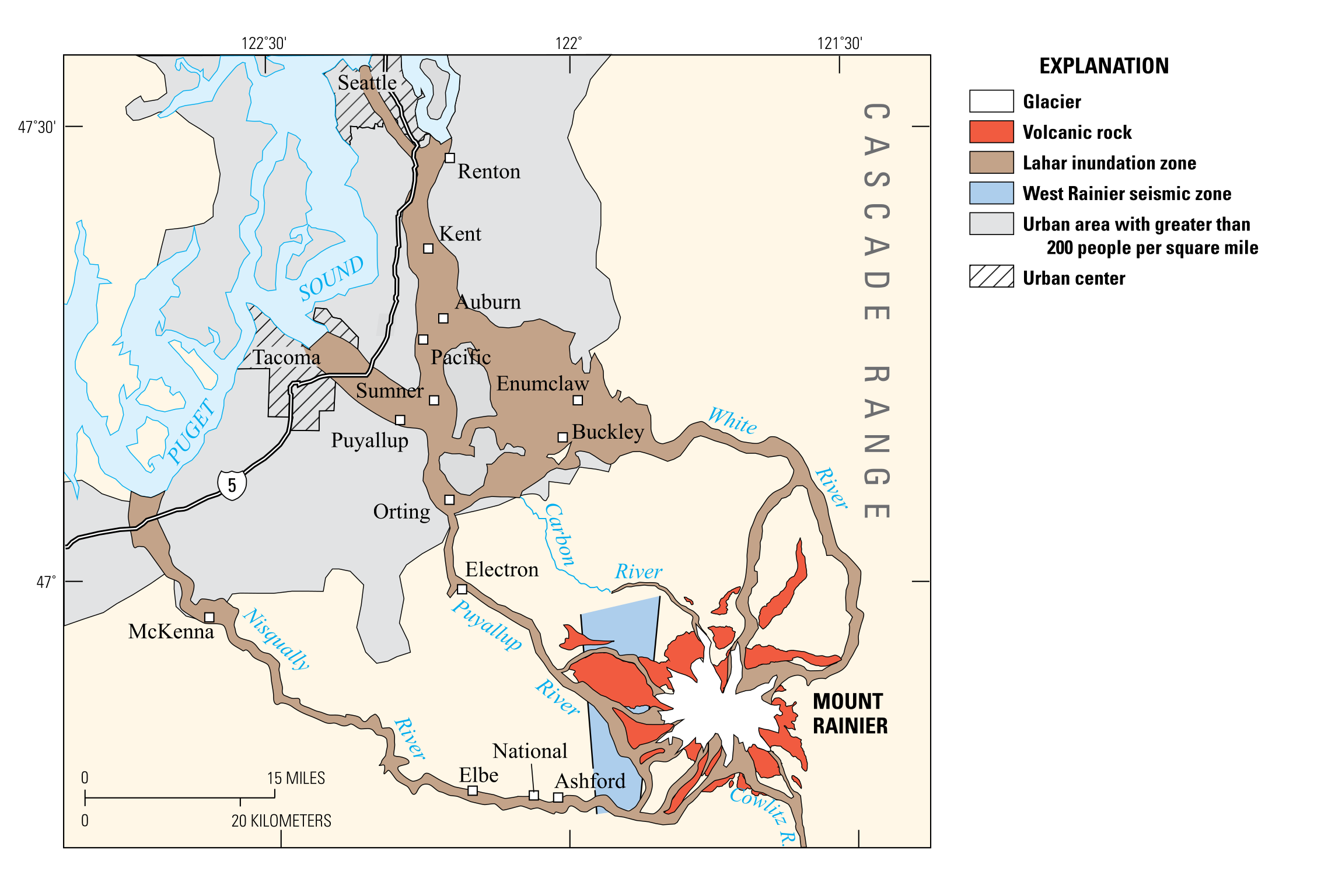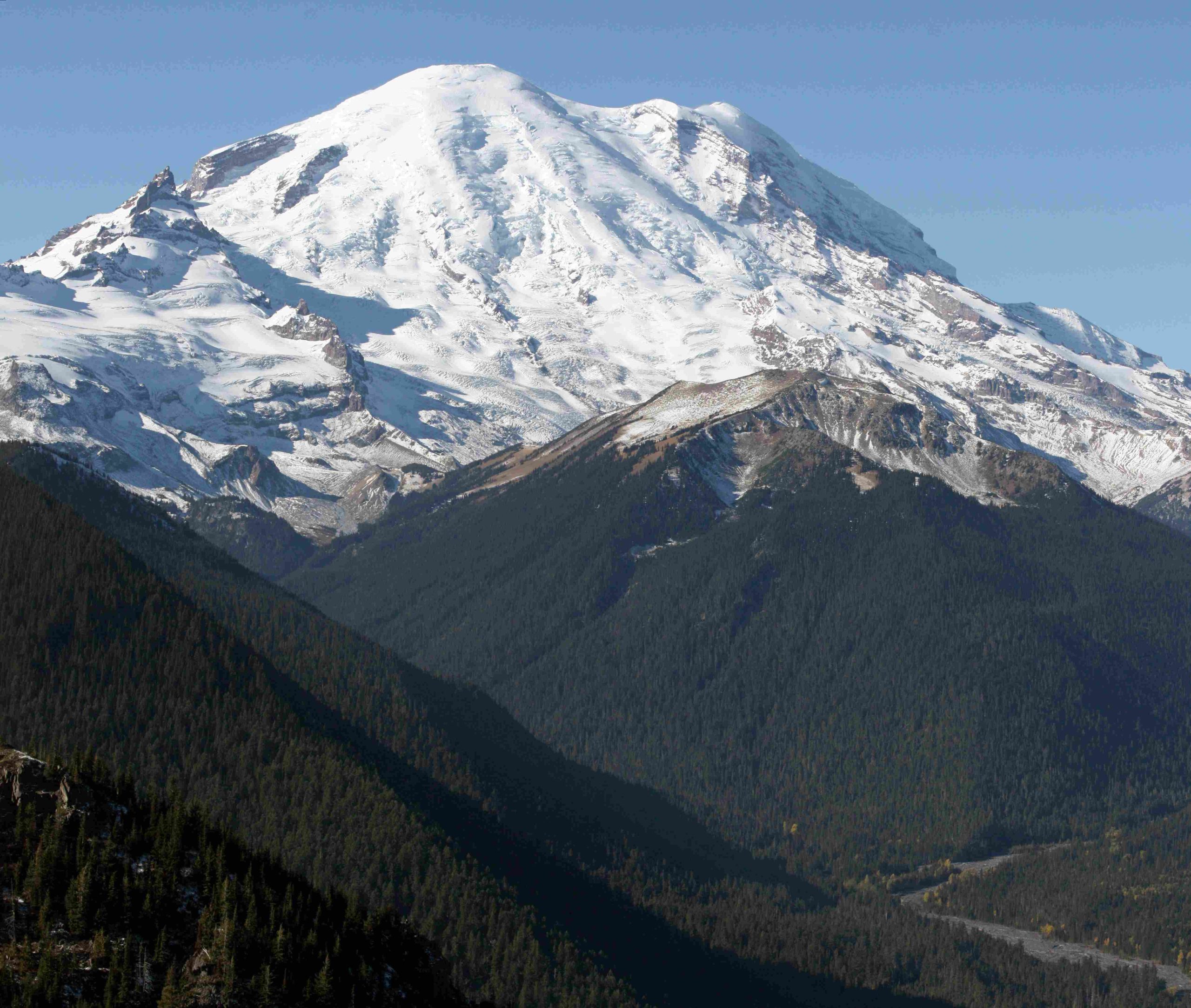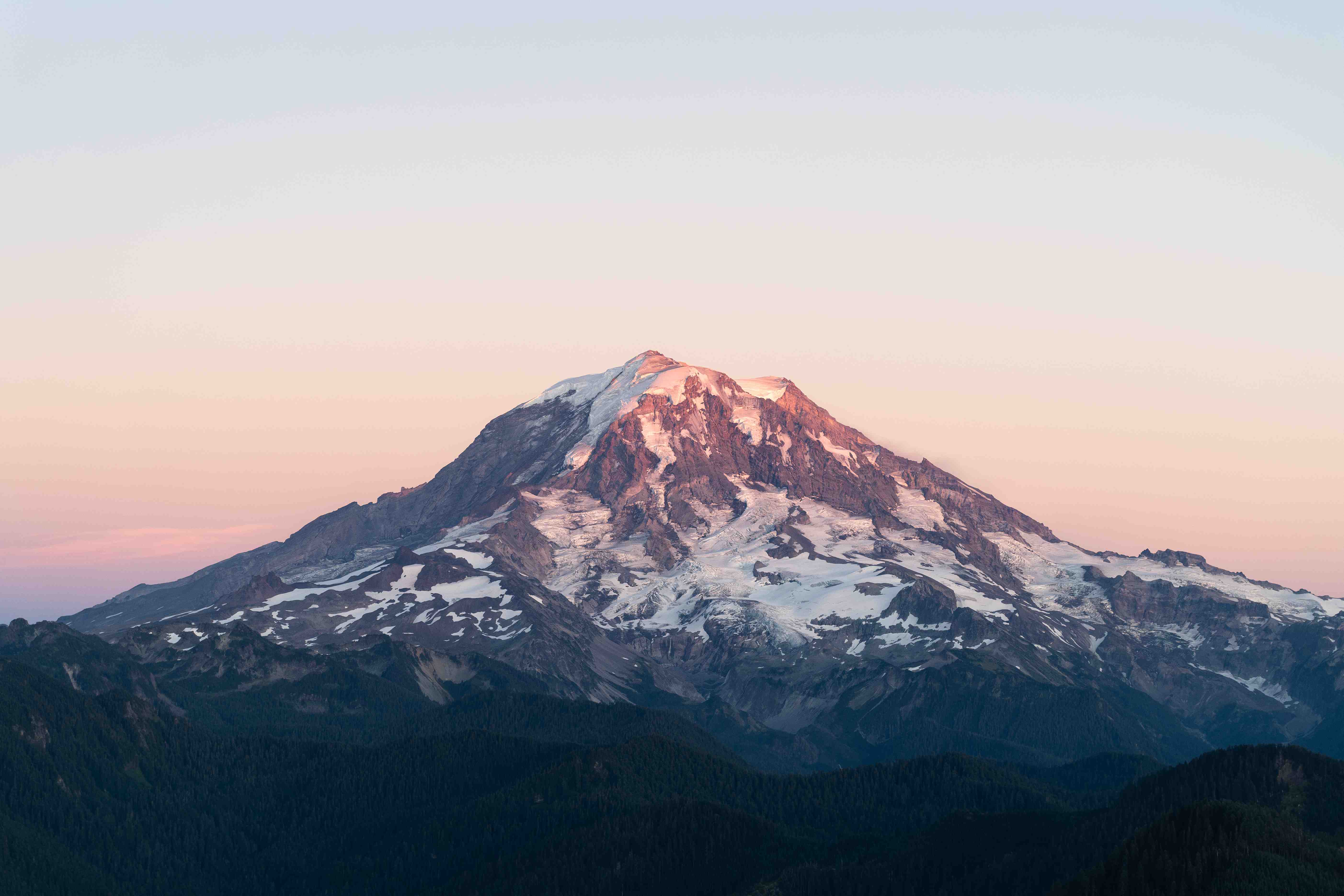Mount Rainier National Park is home to numerous breathtaking waterfalls, but none are as captivating as the rainbow waterfall phenomenon. While there isn’t a specific ‘Rainbow Waterfall,’ several falls in the park create stunning rainbow effects under the right conditions. Narada Falls is particularly famous for this spectacle, where sunlight refracts through mist to create vibrant rainbows. This natural wonder attracts photographers and nature enthusiasts from around the world, offering a unique and mesmerizing experience in the heart of the Cascade Mountains.
What is the Rainbow Waterfall Phenomenon in Mount Rainier Park?

The rainbow waterfall phenomenon in Mount Rainier Park is a captivating natural occurrence where sunlight interacts with the mist from waterfalls to create vibrant rainbows. This spectacle is most commonly associated with Narada Falls, although it can occur at other waterfalls in the park under the right conditions. The effect is created when sunlight refracts through water droplets in the air, splitting into its component colors and forming a rainbow.
Key features of the rainbow waterfall phenomenon include:
- Occurs most frequently during sunny days with ample mist
- Best viewed from specific angles relative to the sun and waterfall
- Can appear as a full arc or partial rainbow depending on conditions
- Intensity and visibility vary based on time of day and season
Where Can You See the Rainbow Waterfall Effect in Mount Rainier Park?

While the rainbow effect can potentially occur at various waterfalls throughout Mount Rainier National Park, Narada Falls is the most renowned location for this phenomenon. Here are some details about Narada Falls and other potential rainbow-producing waterfalls in the park:
- Narada Falls
- Location: 13 miles east of the Nisqually Entrance
- Height: 168 feet
- Trail length: 0.2 miles from parking lot to viewing area
-
Elevation gain: 200 feet (steep descent and ascent)
-
Christine Falls
- Location: 4 miles east of Longmire
- Height: 69 feet
-
Easily visible from the road
-
Myrtle Falls
- Location: Near Paradise Inn
- Height: 72 feet
- Trail length: 0.4 miles from Paradise Inn
When is the Best Time to See the Rainbow Waterfall Effect?
The timing of your visit plays a crucial role in witnessing the rainbow waterfall effect. Consider the following factors:
Time of Year
- Early summer (June-July): Optimal due to high water flow from melting snow
- Autumn (September-October): Good chance due to increased rainfall
- Late summer: Reduced water flow may diminish the effect
Time of Day
- Late morning to early afternoon (10 AM – 2 PM): Best for rainbow formation
- Midday: Strongest sunlight for most vibrant rainbows
Weather Conditions
- Clear, sunny days: Essential for rainbow formation
- Partly cloudy days: Can create intermittent rainbow effects
How Can You Capture the Perfect Photo of the Rainbow Waterfall?
Photographing the rainbow waterfall effect requires careful planning and technique. Here are some tips to help you capture the perfect shot:
- Equipment
- Wide-angle lens: Captures the full extent of the falls and surrounding landscape
- Polarizing filter: Enhances rainbow colors and reduces glare
-
Tripod: Stabilizes camera for sharp images
-
Camera Settings
- Fast shutter speed: Freezes water motion
- Low ISO: Reduces noise in the image
-
Aperture: Adjust for desired depth of field
-
Composition Techniques
- Include foreground elements for depth
- Use the rule of thirds to balance the waterfall and rainbow
-
Experiment with different angles and perspectives
-
Challenges to Overcome
- Mist: Protect your equipment and clean your lens frequently
- Slippery conditions: Wear appropriate footwear and be cautious
- Crowds: Arrive early or during off-peak hours for unobstructed views
What Should You Know Before Visiting the Rainbow Waterfall Sites?
Before embarking on your rainbow waterfall adventure in Mount Rainier Park, consider the following important information:
Trail Conditions and Safety
- Trails can be steep, muddy, and slippery
- Wear appropriate hiking boots with good traction
- Use caution near cliff edges and fast-moving water
Park Regulations
- Stay on designated trails to protect fragile ecosystems
- Practice Leave No Trace principles
- Obtain necessary permits for backcountry exploration
Facilities and Amenities
| Location | Parking | Restrooms | Picnic Areas |
|---|---|---|---|
| Narada Falls | Large lot | Yes | Yes |
| Christine Falls | Small pullout | No | No |
| Myrtle Falls | Paradise area | Yes | Yes |
Accessibility
- Narada Falls: 0.2-mile trail with steep sections
- Christine Falls: Viewable from road
- Myrtle Falls: 0.4-mile paved trail, wheelchair accessible
By following these guidelines and being well-prepared, you can maximize your chances of experiencing the awe-inspiring rainbow waterfall effect in Mount Rainier National Park. Remember to respect the natural environment and fellow visitors while enjoying this spectacular phenomenon.
References:
1. https://www.nps.gov/thingstodo/explore-waterfalls-from-longmire-to-paradise.htm
2. https://www.nps.gov/mora/learn/nature/waterfalls.htm
3. https://www.world-of-waterfalls.com/waterfalls/pacific-northwest-narada-falls/

